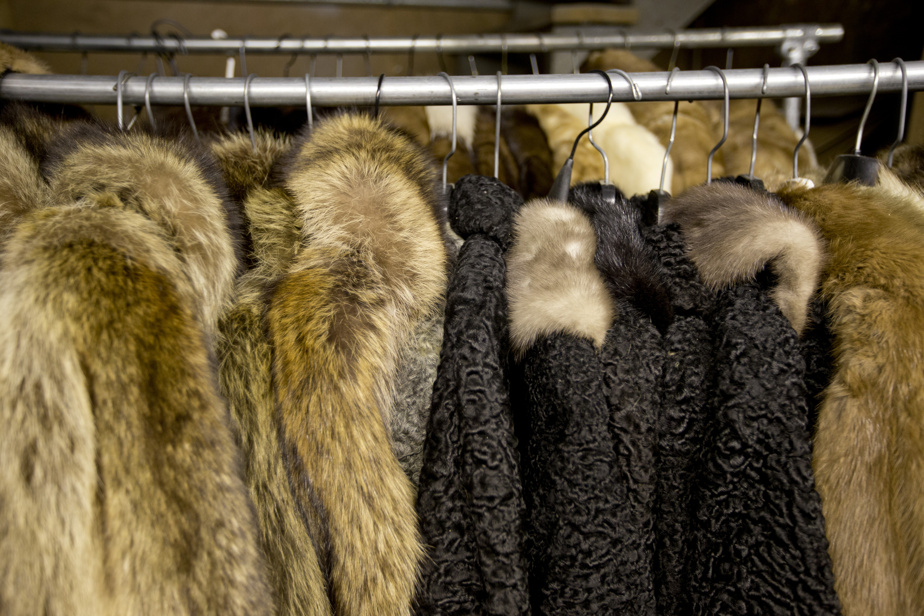Last week, Liberal MP Nathaniel Erskine-Smith introduced Bill C-247 in the House of Commons to ban fur farming nationwide.
Posted at 2:00 p.m.
More than three million animals are killed for their fur each year in the country. The vast majority of them are foxes and mink bred in captivity for this purpose. The numbers are impressive, but the industry is in decline, including in Quebec. While in 1982, there were 226 breeding farms on Quebec soil, in 2018, there were only 9.
This decline is part of a global trend: the social acceptability of fur production is in freefall. More and more major brands, including Versace, Michael Kors, Gucci and, more recently, Dolce & Gabbana, are forgoing the use of fur in their collections. The designers invoke a concern for animal welfare, usually born of pressure from animal rights groups. At the legislative level, more than a dozen countries have banned fur farms in the last decade, including France and Italy most recently. In 2021, British Columbia became the first province to ban the farming of mink for their fur, a decision prompted by outbreaks of COVID-19 in this type of farming. According to a recent poll, more than three-quarters of Canadians oppose the farming of animals for their fur.
If animal protection organizations have attacked fur so much, it is because it is not only a luxury product, absolutely non-essential, but also because this industry is particularly brutal towards animals.
Indeed, in breeding farms, foxes, which, in the wild, roam a vital area of a dozen square kilometers, find themselves locked in tiny wire mesh cages. Mink, which are solitary, semi-aquatic animals, find themselves crammed in the hundreds of thousands in cages stacked on top of each other inside sheds with no access to water for bathing. Such living conditions deprive these animals of expressing their most elementary natural behaviors and cause frustration and stress that are well documented by scientific studies. The methods of killing are most barbaric: asphyxiation for the visions and anal electrocution for the foxes. These are not outdated practices of some “old school” breeding; these are industry standard practices, which are even codified in the guidelines developed by the National Council for the Care of Farm Animals.

PHOTO DAVID BOILY, LA PRESSE ARCHIVES
Reading the description of fur farming rules in Canada is hard enough for most of us. But witnessing it in person is another story.
In 2014, I had the opportunity to set foot on a fur farm in Montérégie. What I saw there will haunt me for the rest of my life. Dark, grimy sheds, the air heavy with dust and ammonia, with cages and cages of mink as far as the eye could see. Tens of thousands of scared little eyes fixed on me. The sound of little bodies compulsively turning in circles, again and again, endlessly, in their metal cages. And outside, in the clearing of a wood – ironically, an environment that could very well have been their natural habitat – a hundred foxes, each imprisoned in a small raised cage. Here again, animals with dull gazes that turn on themselves repeatedly or go back and forth incessantly in their cage. Alongside them are others who show clear signs of self-harm.
Already in 2014, I was wondering how it was possible to still inflict this on animals for a matter of fashion. Here we are in 2022. It’s time to end it. And we have the means to do so with Bill C-247.

